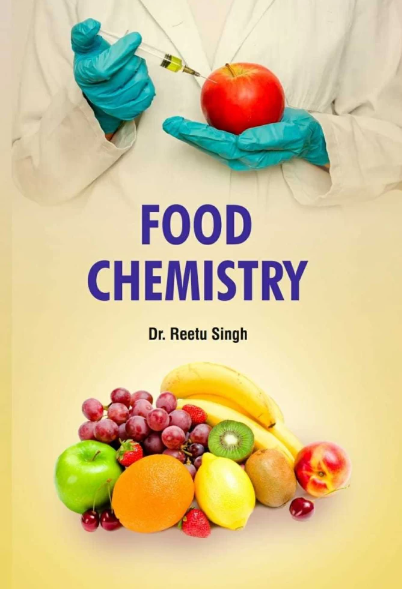Revealing the non-enzymatic covalent interaction between neo−/crypto-chlorogenic acid and beta-lactoglobulin under nonthermal process and potential delivery capability
IF 8.5
1区 农林科学
Q1 CHEMISTRY, APPLIED
引用次数: 0
Abstract
Several studies have shown that the protein-chlorogenic acid covalent complex has better function and stability than the non-covalent. The degree of binding between the proteins and chlorogenic acids (CQA) can be enhanced by the ultrasound process. Herein, the effects of ultrasound-assisted non-enzymatic covalent binding (the free radical induction (Vc)-ultrasound combination and the alkali treatment (Alkali)-ultrasound combination) of two chlorogenic acids (neochlorogenic acid (3-CQA), cryptochlorogenic acid (4-CQA)) and β-lactoglobulin (β-LG) on proteins structure and properties were investigated. Results showed that ULG-Alkali-4CQA exhibited a 5.1 % reduction in α-helices, a 6.8 % increase in random curl and proteins structures becoming loose and disordered. The hydrophilicity and thermal stability of β-LG were effectively enhanced by the addition of 4-CQA and the effect of alkali treatment-ultrasound combination. Curcumin (CUR) and lycopene (LYC) were successfully delivered by the covalent complexes as delivery vehicles. The encapsulation efficiencies of the ULG-Vc/Alkali-4CQA + CUR and ULG-Vc/Alkali-4CQA + LYC complexes were 82.81 %, 84.16 %, 89.56 % and 90.51 %, respectively. The stabilities of CUR and LYC in the ULG-Vc/Alkali-4CQA + CUR/LYC ternary complexes were superior to those of all the measured complexes delivery systems. The study hopes to establish a theoretical foundation and serve as a reference for the advancement of a highly stable food-grade delivery system.
揭示新−/隐绿原酸与β -乳球蛋白在非热过程下的非酶共价相互作用及其潜在的递送能力
多项研究表明,蛋白质-绿原酸共价复合物比非共价复合物具有更好的功能和稳定性。超声处理可提高蛋白质与绿原酸(CQA)的结合程度。本文研究了超声辅助下两种绿原酸(新绿原酸(3-CQA)、隐绿原酸(4-CQA)和β-乳球蛋白(β-LG)的非酶促共价结合(自由基诱导(Vc)-超声联合和碱处理(碱)-超声联合)对蛋白质结构和性质的影响。结果表明,ULG-Alkali-4CQA的α-螺旋减少了5.1% %,随机旋度增加了6.8% %,蛋白质结构变得松散和无序。4-CQA的加入和碱处理-超声联合作用可有效提高β-LG的亲水性和热稳定性。姜黄素(Curcumin, CUR)和番茄红素(LYC, LYC)以共价配合物为载体成功递送。ULG-Vc/碱- 4cqa + CUR和ULG-Vc/碱- 4cqa + LYC配合物的包封效率分别为82.81 %、84.16 %、89.56 %和90.51 %。ULG-Vc/Alkali-4CQA + 中CUR/LYC三元配合物的稳定性优于所有被测配合物递送体系。本研究希望为构建高度稳定的食品级外卖系统奠定理论基础,并提供参考。
本文章由计算机程序翻译,如有差异,请以英文原文为准。
求助全文
约1分钟内获得全文
求助全文
来源期刊

Food Chemistry
工程技术-食品科技
CiteScore
16.30
自引率
10.20%
发文量
3130
审稿时长
122 days
期刊介绍:
Food Chemistry publishes original research papers dealing with the advancement of the chemistry and biochemistry of foods or the analytical methods/ approach used. All papers should focus on the novelty of the research carried out.
 求助内容:
求助内容: 应助结果提醒方式:
应助结果提醒方式:


